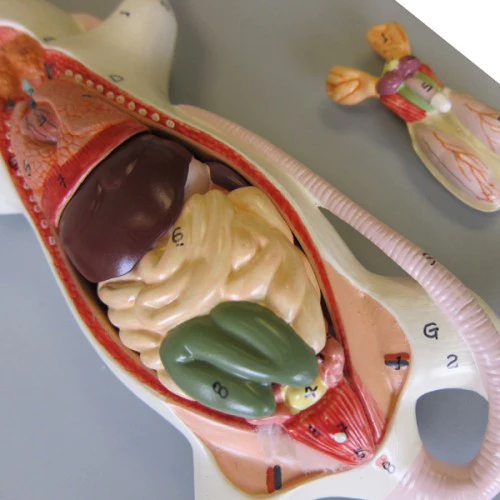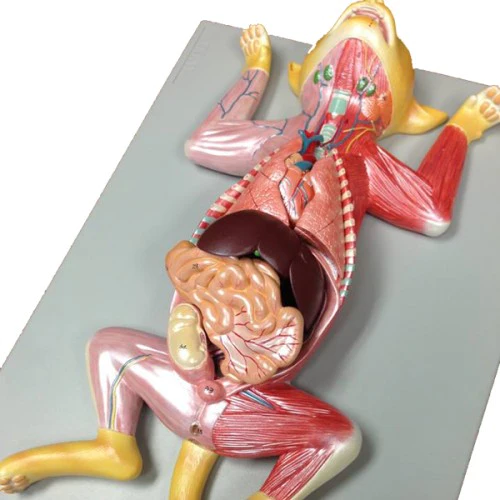It’s a typical school experience. At one point or another everyone must dissect something. Here at Victor, the smell of formaldehyde can frequently be found lingering in the hallways as students spend classes dissecting cats, rats, frogs and more in order to learn about the body and its function. But is the dissection of animals really necessary?
The animals used in dissections are often obtained in illegal or cruel ways. Frogs are bred in laboratories or taken from the wild. Cats are bought from dealers who get them through pet theft, animal shelters, ‘free to good home’ ads and more.
While these animals were alive, many were treated cruelly and lived in inhumane conditions as they were bred for dissection. Others were put through painful procedures to prepare them for students to cut them open.

Dissection goes on in many middle and high schools throughout the country. While we are led to believe that it is a crucial part of many classes, there are many alternatives that are better than using animals. In fact, dissection is not recommended by The American Medical Association as part of medical school curriculum and Ivy League schools like Harvard and Yale don’t use live animals to teach their students. Lots of schools have moved towards using technology and models.
The Science Bank is a free website for schools to use to loan out models and other resources. They have a wide selection of models including cats, dogs, crayfish, and fetal pigs. All of these models can be borrowed for 2-3 weeks or longer and then are shipped back to the company. They can be borrowed for free and the only cost is the price of shipping the items back. In addition, The Science Bank has a variety of online videos and resources that can be used for free or with a subscription.
The preserved cats used by the school cost around 100 dollars per cat. They come from Carolina Biological Supply Company. In addition, the use of the chemical formaldehyde, often used in preserving the animals, can be harmful. The National Cancer Institute states that the use of chemicals like formaldehyde can cause many symptoms in the eyes, nose and throat and could lead to cancer in the long term. The dissection process is also very messy and can go on for days or weeks.
Mr Halloran is an anatomy teacher here at Victor. In his class, students skin and dissect cats. He believes that dissection is an important part of learning and that models don’t work as well because students need practice dissecting a model organism before dissecting a cadaver. Halloran also explains that the animals obtained already come from kill shelters, and that they are going to good use and have a new purpose.

Many students also like dissection as one student stated that the experience was, “very informational”, and that she feels like she is “learning a lot and applying it too”.
While some students like dissection and find it helpful, others don’t appreciate it as much. One student stated that they didn’t like having to skin the cats and said that the experience was “horrible”.
Multiple students also stated that they would like to have the option of a plastic model for dissection and that it could be easier to use a virtual model as well. In addition, some may be uncomfortable with dissection and avoid classes where it is a part of the curriculum. One student said that they think people would be more likely to take classes like anatomy if there was no dissection.
While dissection is important, there are lots of alternatives and other resources that don’t involve preserved organisms. As Halloran explains, “There’s a lot of ways to learn anatomy”.
For more information on the problems and alternatives to dissection, visit American Anti-Vivisection Society and The Science Bank.














